Cheetahs and leopards are two of the most fascinating big cats found in the wild. While both belong to the Felidae family, they are distinct species with unique characteristics that set them apart. Understanding the differences between cheetahs and leopards not only enriches our knowledge of wildlife but also aids in their conservation. This article explores various aspects of cheetahs and leopards, providing detailed insights on how to differentiate them.
Physical Appearance
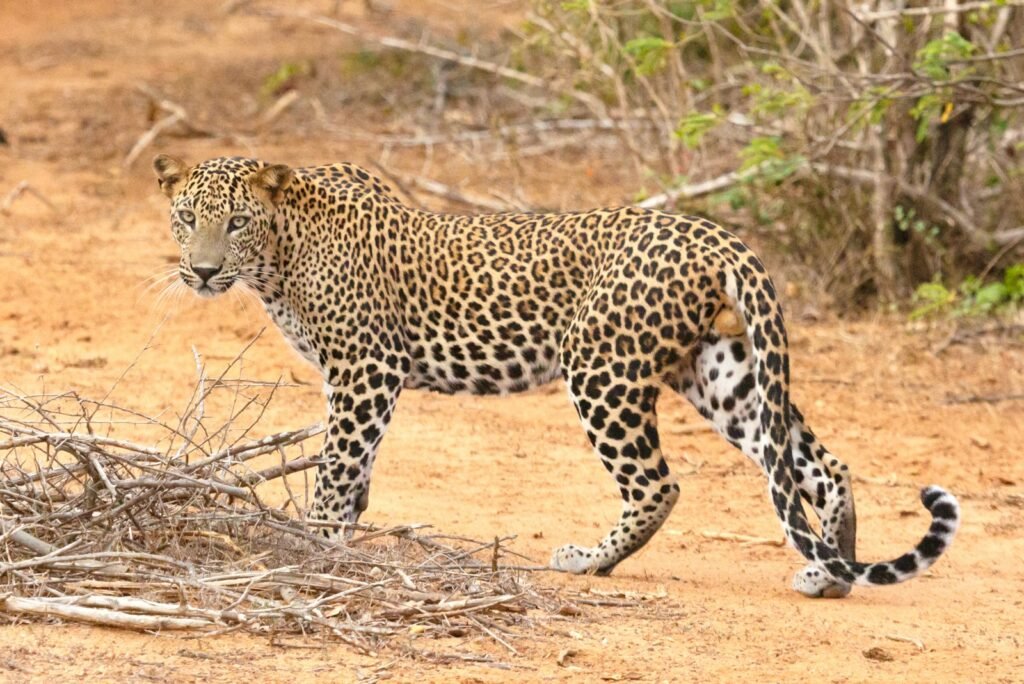
One of the easiest ways to distinguish between a cheetah and a leopard is by examining their physical traits. Cheetahs have a sleek, aerodynamic build with a slender body, small head, and long legs. They are designed for speed. Leopards, on the other hand, possess a more muscular build with a larger head and powerful limbs, allowing them to climb trees and carry heavy prey.
Spot Patterns
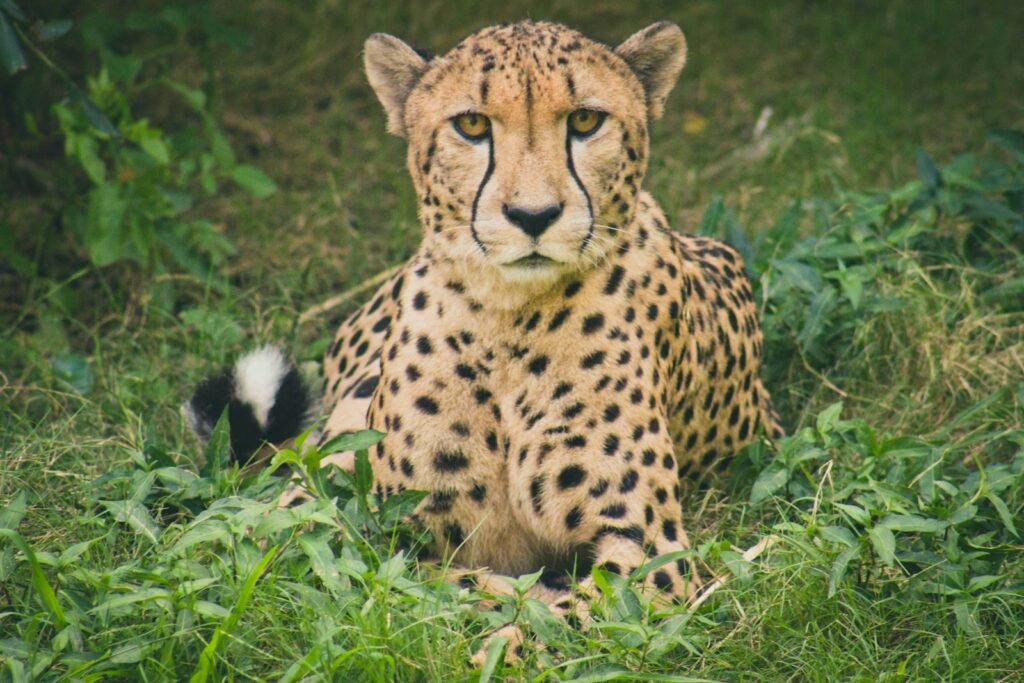
The patterns on their coats are another distinguishing feature. Cheetahs have evenly distributed solid black spots on a yellowish-tan coat. Leopards boast rosette-shaped spots that are hollow in the center. This key difference makes it easier to identify the two in the wild.
Facial Markings
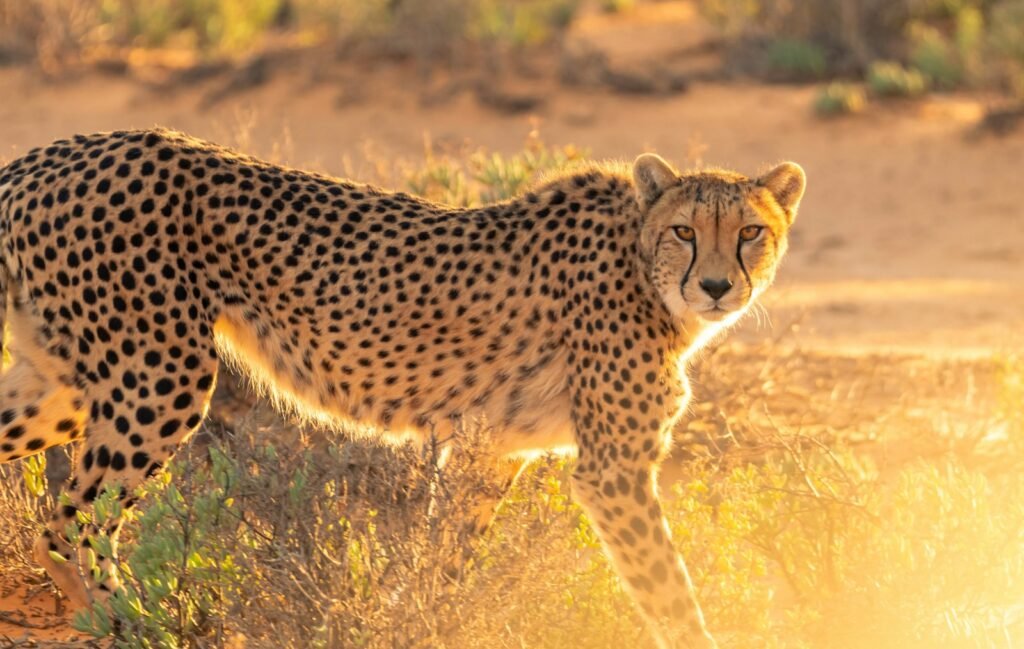
Facial markings can further assist in distinguishing between these big cats. Cheetahs have distinctive “tear stripes” running from the inner corners of their eyes down to the sides of their mouths. These stripes help reduce glare from the sun while hunting. Leopards lack these tear marks, contributing to their more uniform coloring around the face.
Speed and Hunting Techniques
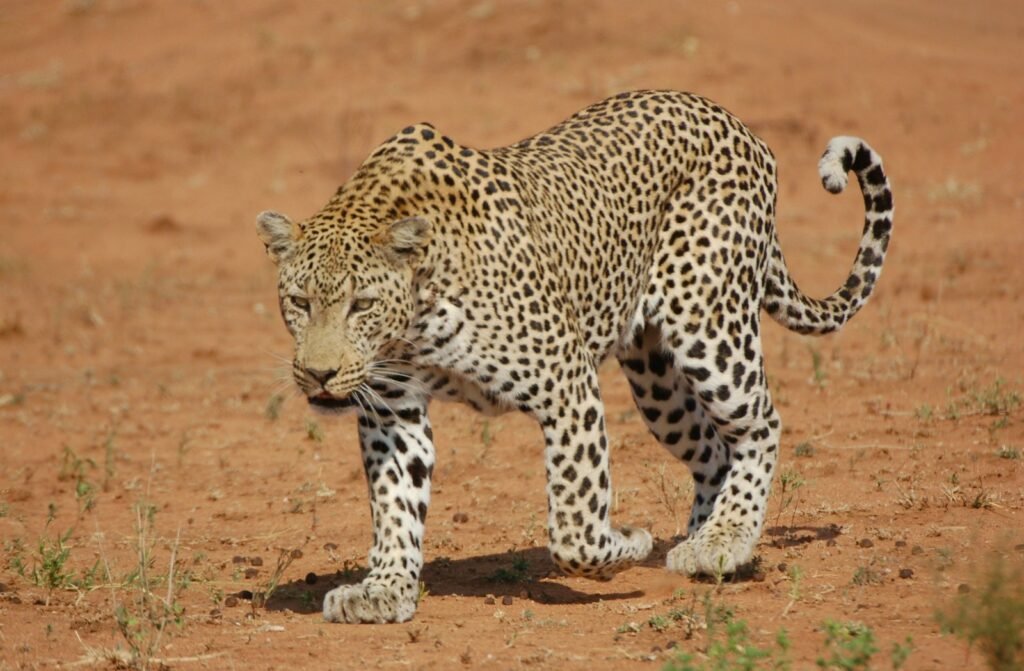
Cheetahs are renowned for their incredible speed, capable of reaching up to 60 to 70 mph in short bursts lasting around 20 to 30 seconds. Their hunting technique involves a quick chase, targeting the weaker members of a herd. Conversely, leopards rely on stealth and strength. They get closer to their prey, often ambushing or stalking them at night, before making a powerful sprint to catch them.
Habitat Preferences
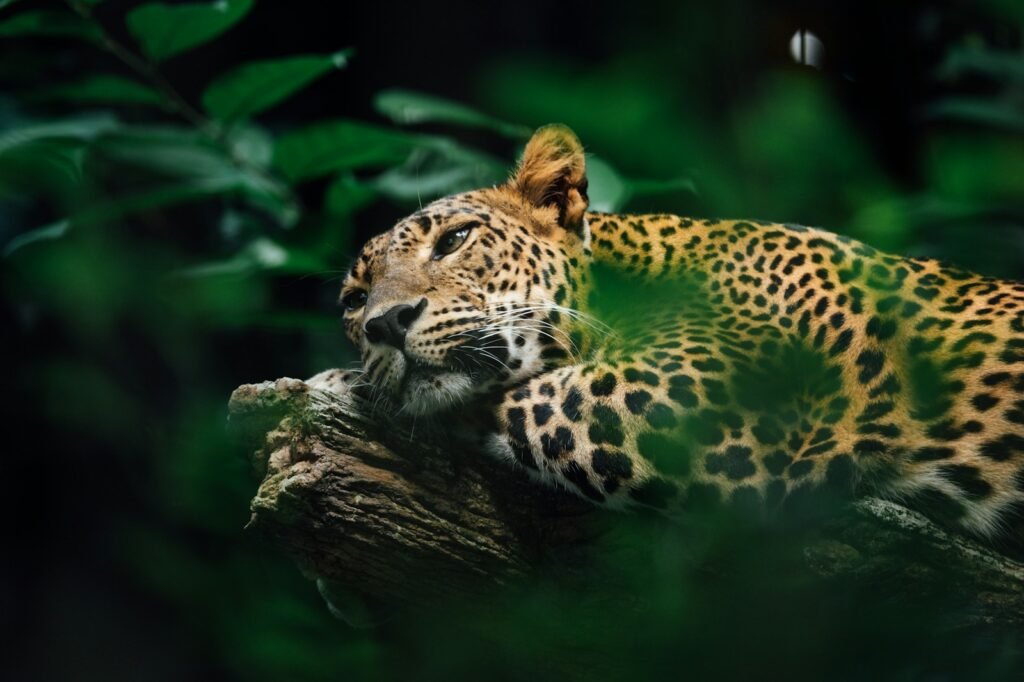
While there is some overlap in their habitats, cheetahs and leopards generally prefer different environments. Cheetahs favor open grasslands and savannas, which accommodate their need for speed. Leopards are more adaptable and can be found in a wide range of environments, including forests, grasslands, deserts, and mountains, owing to their excellent climbing skills.
Social Behavior
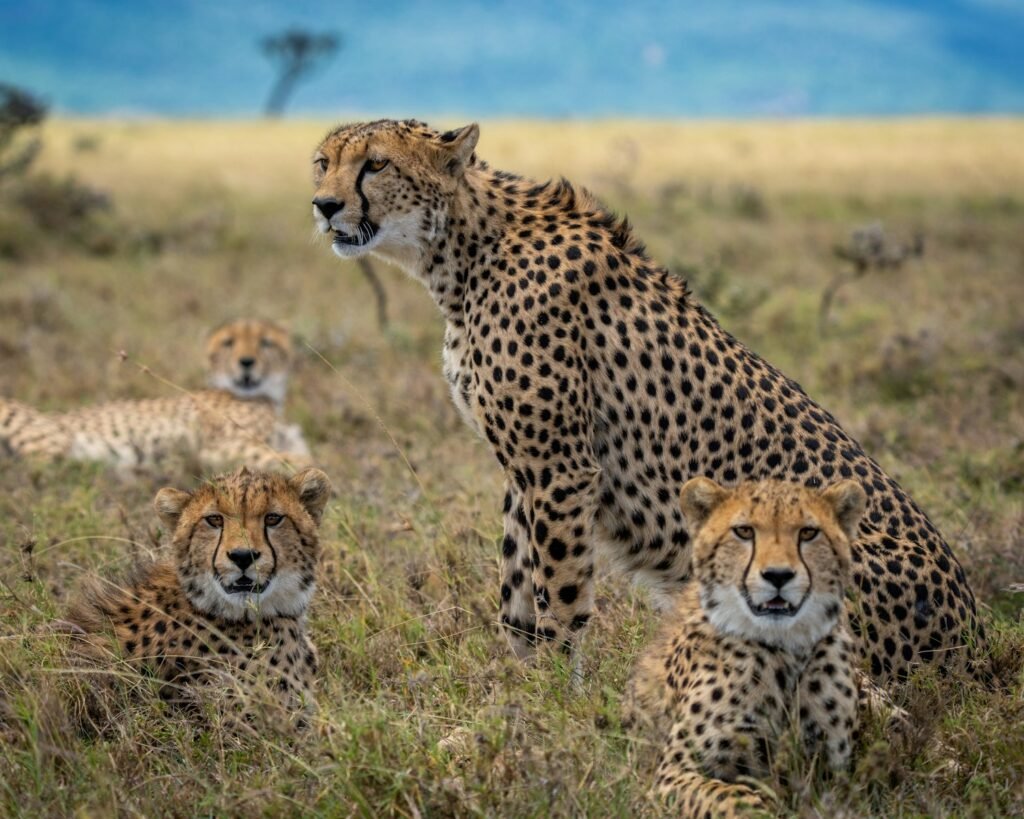
Social structures also vary between the two species. Cheetahs are relatively more social; female cheetahs are solitary, while males often form small groups known as coalitions, usually consisting of brothers. Leopards, in contrast, are solitary animals, preferring to lead a solitary existence except during mating or when a mother is raising her cubs.
Vocalizations
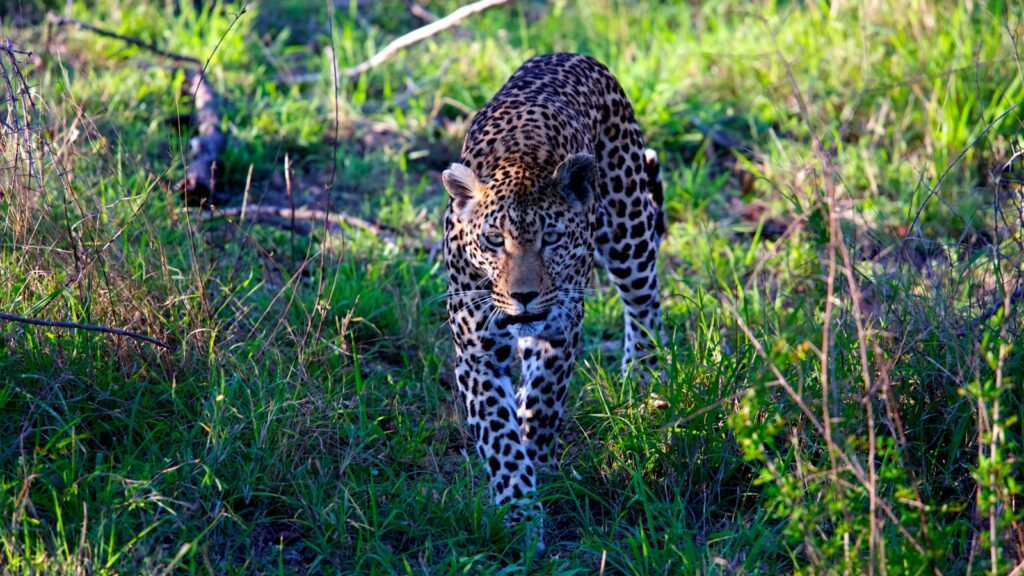
The sounds produced by these big cats differ as well. Cheetahs are known for their distinctive chirps, which can sound almost bird-like, and they also purr, hiss, and growl. Leopards communicate with a variety of sounds, including a distinctive “sawing” call, snarls, and growls, especially to warn off competitors or threats.
Conservation Status
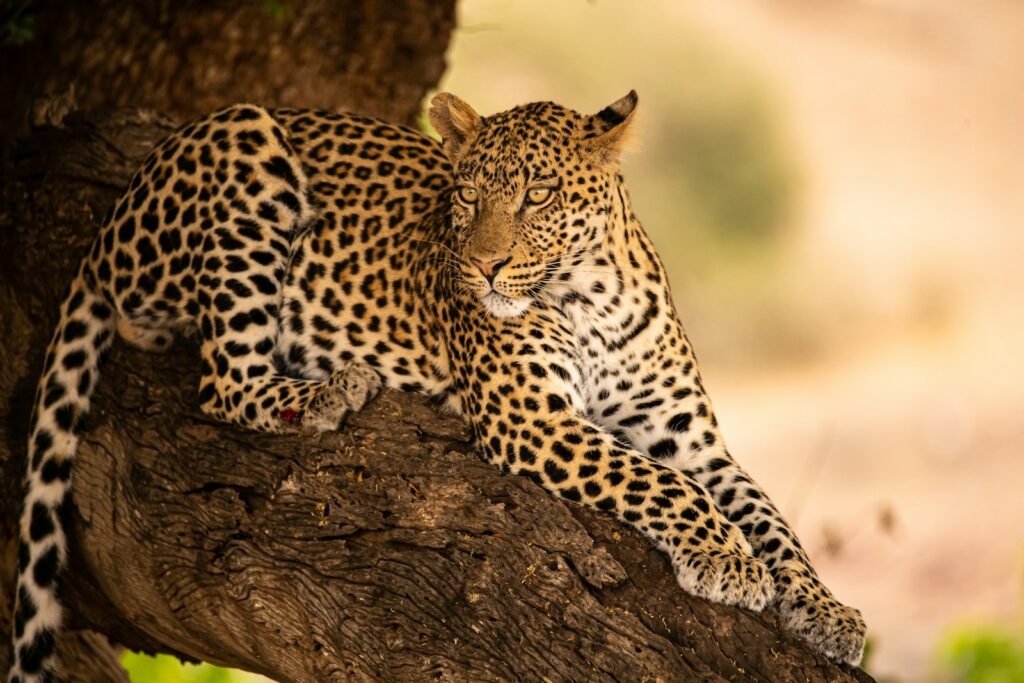
The conservation status of both animals highlights their need for protection. Cheetahs are listed as vulnerable, with only around 7,000 individuals left in the wild, facing threats such as habitat loss and illegal pet trade. Leopards are classified as near-threatened, with their populations declining due to poaching and habitat fragmentation, although they are more numerous than cheetahs and slightly more versatile in adapting to habitat changes.
Conclusion
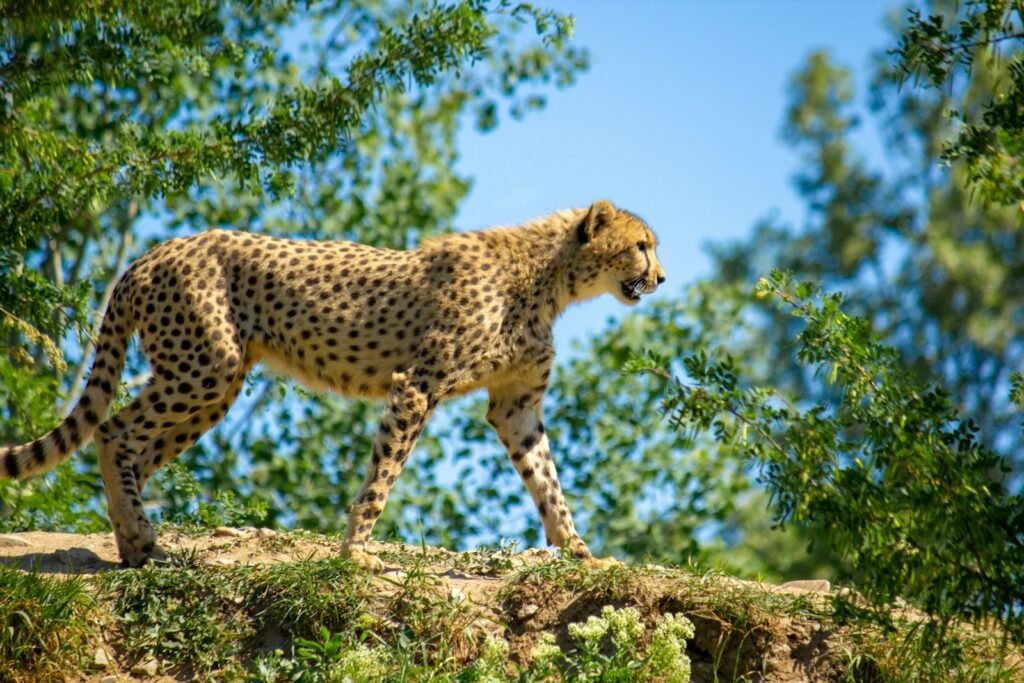
Cheetahs and leopards, despite being part of the same family, exhibit marked differences in their appearance, behavior, and ecology. By understanding these differences, enthusiasts and researchers can better appreciate the uniqueness of each species and contribute to their preservation. As we continue to explore the intricacies of these magnificent creatures, efforts to protect their natural habitats become ever more crucial.

Growing up traveling and experiencing new cultures and wonders, I have had a passion for nature, adventuring, photography, and videography. I am currently working towards a BSc in Biodiversity and Ecology at Stellenbosch University, and I hope to specialise in Marine Sciences one day.
Please send any feedback to Feedback@animalsaroundtheglobe.com






